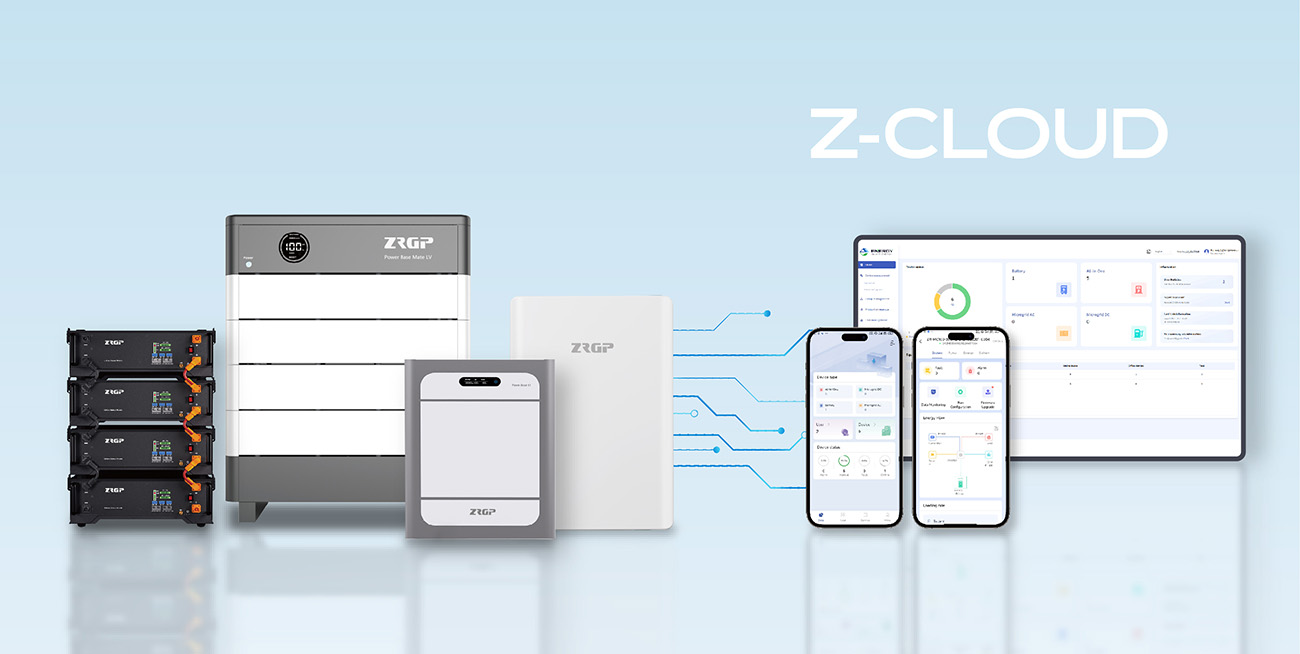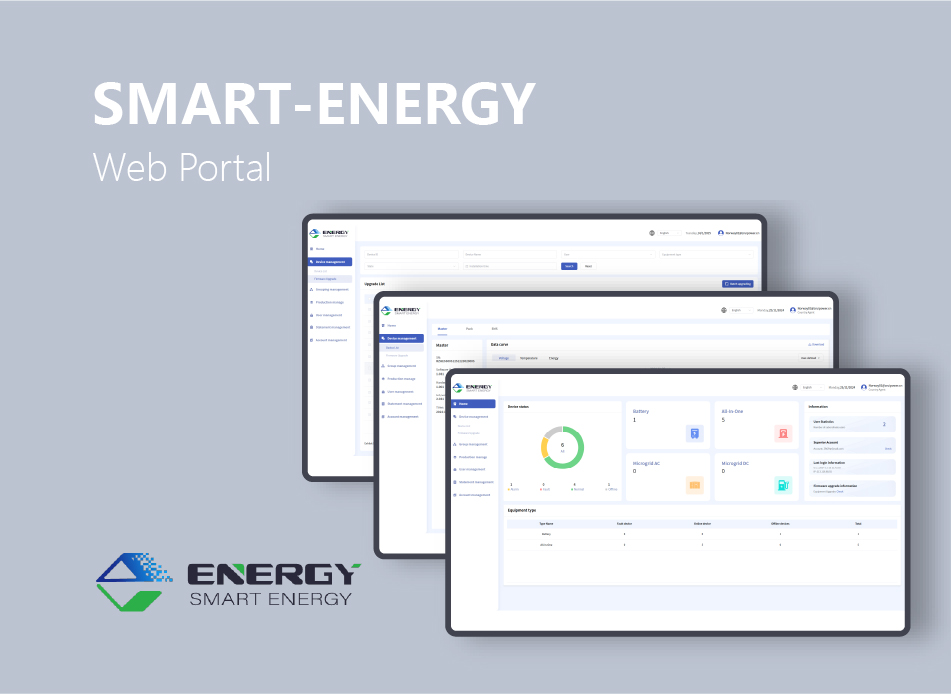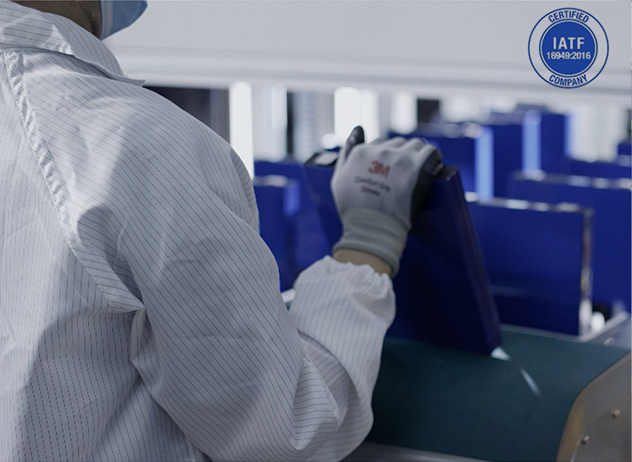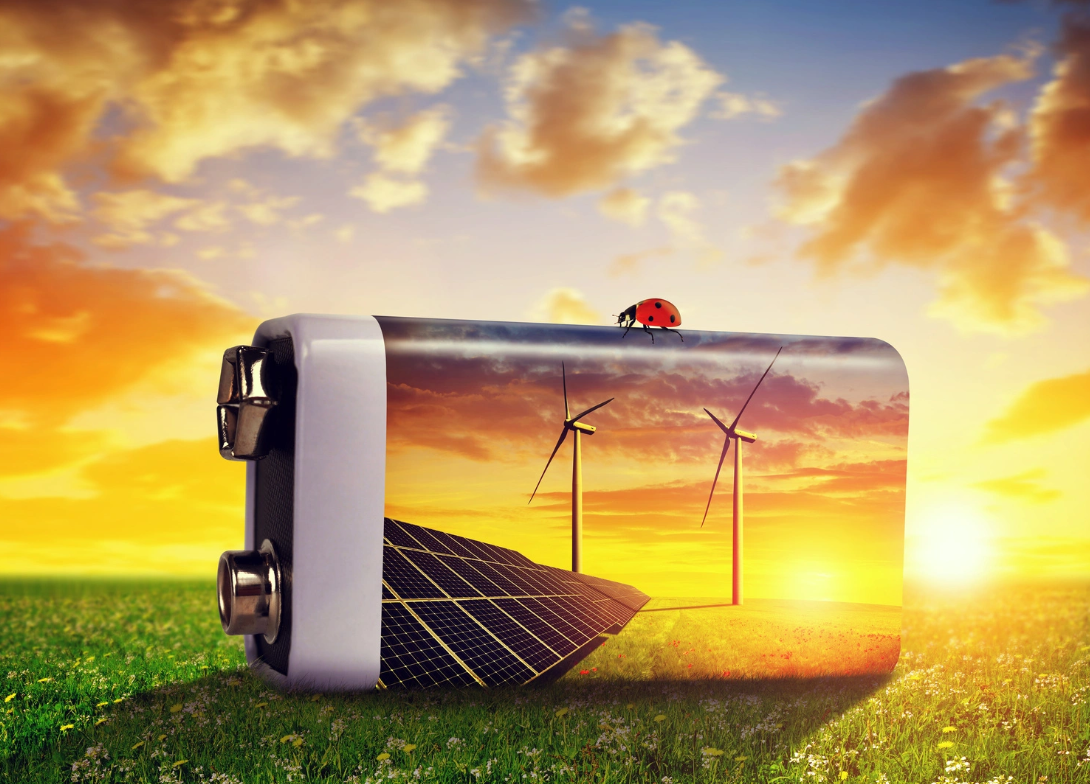Sustainable Foundations — The Green Advantage of LFP Chemistry
Smarter Design, Smaller Footprint — Modular Efficiency in Action
Closing the Loop — Toward Circular Energy Storage
Sustainable Operations — Efficiency Beyond the Battery
Conclusion: Building a Circular Future for Energy Storage
From Carbon Reduction to Circular Value: The Sustainable Lifecycle of Energy Storage Systems | ZRGP
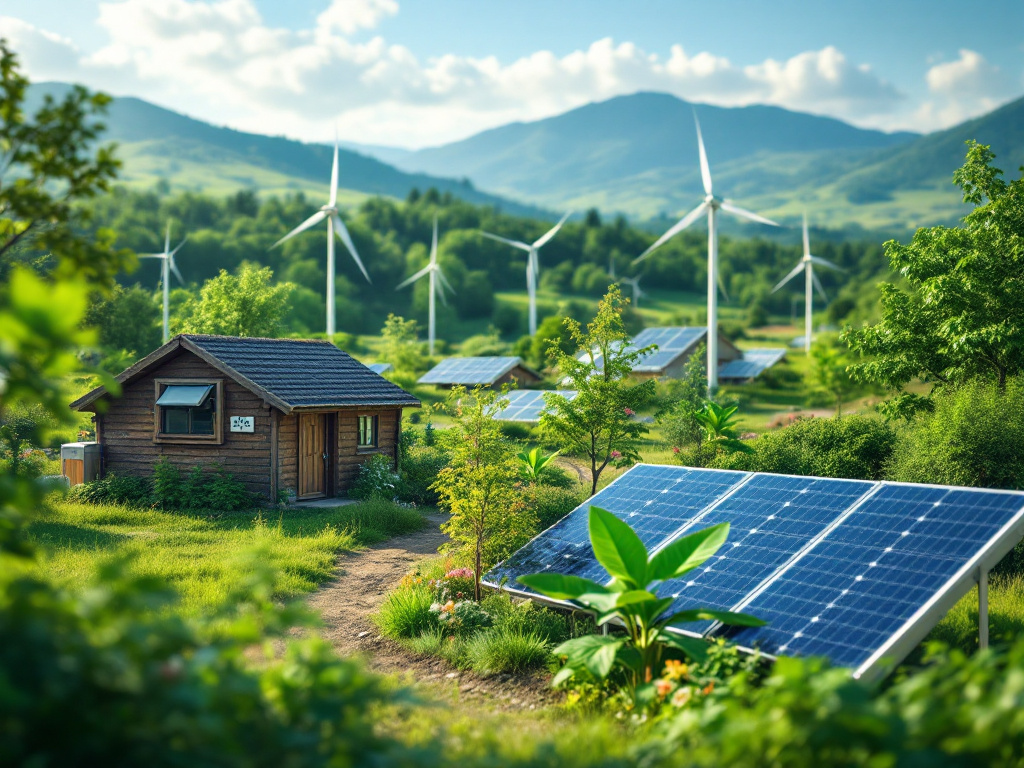
As global industries accelerate toward carbon neutrality, energy storage systems (ESS) have become a cornerstone of the clean energy transition. Beyond providing stability to renewable energy grids, modern ESS are now designed with sustainability at their core — from materials and manufacturing to operation and end-of-life recycling. The future of energy storage lies not only in performance, but in creating a truly circular value chain that minimizes environmental impact throughout its lifecycle.
Sustainable Foundations — The Green Advantage of LFP Chemistry
At the heart of most next-generation ESS lies Lithium Iron Phosphate (LFP) chemistry, widely recognized for its safety, durability, and environmental advantages. Unlike traditional nickel-based or cobalt-rich chemistries, LFP batteries do not rely on scarce or toxic metals, significantly reducing the ecological footprint associated with mining and raw material sourcing.
Moreover, LFP batteries offer a longer lifecycle — often exceeding 6,000 to 8,000 charge cycles — which means fewer replacements, reduced waste, and lower total material consumption over time. This extended life directly contributes to sustainability by maximizing resource efficiency and minimizing the need for frequent manufacturing and transport cycles.
Smarter Design, Smaller Footprint — Modular Efficiency in Action
Design plays a decisive role in the sustainability of ESS. Modular and stackable systems, increasingly adopted across residential and commercial storage, enable flexible deployment, optimized logistics, and efficient scaling without unnecessary resource use.
By adopting modular architectures, manufacturers and integrators can reduce the carbon footprint in multiple ways:
-
Lower manufacturing waste — standard modules can be mass-produced efficiently.
-
Reduced transportation emissions — modular systems are easier to ship and assemble on-site.
-
Simplified upgrades — when capacity needs grow, new modules can be added without discarding the entire system.
In large-scale applications, such as industrial microgrids or utility energy storage, this modularity also supports better lifecycle maintenance, as individual modules can be serviced or replaced independently, extending the system’s usable life and reducing overall waste.
Closing the Loop — Toward Circular Energy Storage
As energy storage deployment expands, recycling and reuse have become critical elements of sustainable ESS design. The industry is moving toward a closed-loop ecosystem, where materials from retired batteries are recovered and reused in new production cycles.
Advanced recycling technologies can now extract up to 95% of valuable metals like lithium, copper, and aluminum from end-of-life batteries, transforming what was once industrial waste into a renewable resource. Additionally, many LFP cells can be repurposed for second-life applications, such as low-demand stationary storage or backup systems — extending their useful lifespan before final recycling.
Government initiatives in Europe and Asia, including the EU Battery Regulation (2023) and China’s Circular Economy Policy, are accelerating this shift by mandating traceability, material recovery rates, and producer responsibility. These frameworks are driving manufacturers toward designing systems that are easier to dismantle, recycle, and reintegrate into the production cycle.
Sustainable Operations — Efficiency Beyond the Battery
Sustainability doesn’t end at manufacturing. During operation, smart Energy Management Systems (EMS) play a crucial role in maintaining system efficiency, reducing energy waste, and optimizing charge/discharge cycles. By leveraging intelligent control and predictive analytics, modern ESS can adapt dynamically to grid demands, maximize renewable energy utilization, and minimize carbon emissions associated with peak power consumption.
Combined with remote monitoring and predictive maintenance, EMS-driven systems extend battery life and reduce on-site service requirements — a direct contribution to lower lifecycle emissions and reduced operational costs.
Conclusion: Building a Circular Future for Energy Storage
True sustainability in energy storage is achieved not just through cleaner chemistry, but through a holistic approach across the entire lifecycle — from responsible sourcing and modular production to efficient operation and full material recovery.
As the world moves toward carbon neutrality, the energy storage industry is evolving from linear production models to circular ecosystems, where every stage adds value and minimizes environmental impact. In this transformation, LFP-based, modular, and recyclable ESS will lead the way — powering not only the renewable transition but also the foundation of a sustainable, circular energy economy.
At ZRGP, we design every energy storage solution with sustainability in mind — from safe LFP chemistry to modular, recyclable system.
